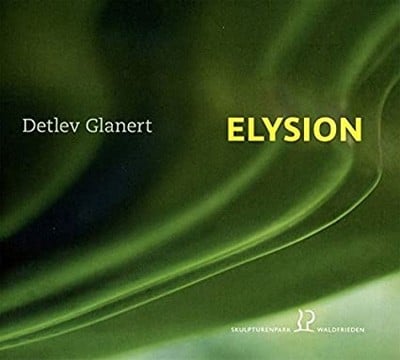Drei Stücke für Klarinette und Klavier
(Three Pieces for Clarinet and Piano) (2003)Bote & Bock
Commissioned by the Royal Philharmonic Society for the City of London Festival
The pieces are not so much a traditional sonata, but rather three double monologues, as the clarinet does not enter into any kind of dialogue with the piano. Instead they are condensed ‘psychogrammes’, in which one voice with two tongues provides commentary about three situations.
These circumstances are reflected in the titles of each movement: ‘Flying‘, ‘Gliding’, and ‘Circling’. They are abstract titles which, however, provided the impetus for these musical essays.
The music develops freely and rhapsodically from small gestures and movements, which are less related to older techniques, but which develop organically and grow luxuriantly - fantastic ‘air growths’ of sound.
© Thomas Tangler, 2003
I feel that music should be sensuous in and of itself. But it does not have to be stupid because of this. On the contrary. One has to strive for the highest degree of serious cheerfulness and alert intelligence. That what Detlev Glanert stated with regard to his children’s opera Die drei Rätsel (The Three Riddles) can also be carried over to his basic attitude toward composing. For him, lightness and direct emotional comprehensibility are in no way to be equated with a lack of seriousness and intellectual depth. And therefore Glanert’s works not only have a fascinating structural clarity, but at times also an almost airy transparency.
In the Three Pieces for Clarinet and Piano, the composer’s imagination did indeed take “air flow” as its point of departure, and the movement headings “fliegend” (flying), “schwebend” (floating), and “wirbelnd” (whirling) vividly describe the work’s character. Commissioned by the Royal Philharmonic Society, the Three Pieces were premiered in 2003 at the City of London Festival.
The clarinet and piano stand side by side here as equal individuals, and are time and again very strongly related to one another. At the very beginning, they enter into a dialogue; the piano takes up the clarinet’s line and leads it dynamically and tonally back to the starting point. Yet, during the course of the work, the voices increasingly develop a distinct independent existence. Each instrument makes its own statements.
At the center of the work is the second movement, which begins with a meditative, self-engrossed song in the clarinet. The piano is silent at first, subsequently supplying only characteristic spots of color. Even after sudden expressive outbreaks, the mood of the beginning always returns again. At the end, the clarinet remains behind with solitary melodic phrases; the piano is only to be heard with soft clouds of sound.
The throbbing-rhythmic third movement is informed by a rumbling triplet ostinato in the piano, above which the clarinet soars with a striking motif. Vigorous accents and abruptly broken-off phrases interrupt the flow again and again. At the end, the technical demands of the clarinet part are increased to the extreme: the piece concludes with the clarinet’s highest possible tone, which it – completely alone – lets fade away to nothing.
© Verena Scharstein, 2008

Gerald Hacke, clarinet / Florence Millet, piano
Cragg Foundation CF 002
